RT MEDIA EXCLUSIVE: Images… An autobiography of Art Diamond
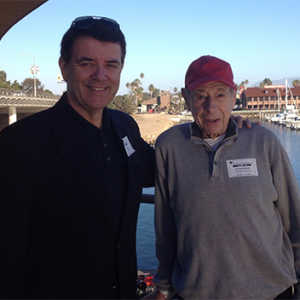 RT Media Director David Gibbons travelled to see Art Diamond a few months ago. He was in hospital recovering from yet another operation. He was weak, but full of life and spirit. “Let’s get out of here and go for a ride.” As Gibbons and Diamond drove to meet up with dear friends Dr Harvey Levenson at CalyPoly and Graham Galliford in Ventura, he promised to write his autobiography.
RT Media Director David Gibbons travelled to see Art Diamond a few months ago. He was in hospital recovering from yet another operation. He was weak, but full of life and spirit. “Let’s get out of here and go for a ride.” As Gibbons and Diamond drove to meet up with dear friends Dr Harvey Levenson at CalyPoly and Graham Galliford in Ventura, he promised to write his autobiography.
This is what he wrote:
IMAGES, AN AUTOBIOGRAPHY OF ART DIAMOND
1930 to 2016
I was born on September 2, 1930 in Canarsie, a seaside suburb of Brooklyn, New York, the youngest of three children. Our father, Joseph D. Diamond, worked as an electrician at the Brooklyn Navy Yard while attending law school in the evenings. He later passed the New York Bar to become a trial lawyer well-known in the courts of Brooklyn and Manhattan.
Early Years
A class leader in math, science and English, I was graduated from both grade school and high school in accelerated time. My athletic abilities were hampered by some problem with my left leg that caused me to limp for a short period of time after playing football, baseball and other sports. As a result, I spent most of my free time in the local library. There, I developed an early interest in photography, reading widely on the subject. By the age of 8, I established a full darkroom in the basement of our home and became proficient in the development of film, and the printing and enlarging of black and white photographs.
In my early teens, I spent summers either as a handyman or waiter at the Catskill Mountain hotels in upstate New York and in Morristown, New Jersey. Each year, when high school was out in early June, I would pack a duffel bag and ride the New York subway north from my home in the Flatbush area of Brooklyn to the George Washington Bridge. From there it was a short bus ride over the bridge and onto New Jersey’s Highway 17. From the Big Apple bus terminal on Route 17, I would hitchhike to Monticello, New York. In those days, the threat of kidnappers, child molesters and serial killers was minimal. A 13-year old was reasonably safe thumbing a ride, alone on the highway.
Using Monticello as a base, I began my job hunting search, going from one hotel to another looking for odd jobs before the onslaught of tourists began to arrive at these vacation resorts in mid-June. I solicited odd jobs and lodging among local hotels. The tasks included painting bungalows, moving beds, mowing lawns and other handyman tasks in preparation for the arrival of guests.
From earnings each summer, I accumulated savings, targeting them for two long desired acquisitions: a 4×5-inch Speed Graphic press camera and an automobile. On my 16th birthday, I bought the camera; on my 17th birthday, I became the proud owner of a blue, 1932 Ford convertible coupe, with rag top and rumble seat.
After grade school I studied commercial, news and portrait photography at the Metropolitan Vocational High School on the lower East Side of Manhattan. While a student there, I pursued my deep passion for photography as a free-lance cameraman, shooting weddings, anniversaries, sports events and private club meetings.
My deep fascination with the chemistry of photography led me to choose chemical engineering for my college curriculum. I became a freshman at the Polytechnic Institute of New York in February 1948. There, I served as Photo Editor of the school newspaper, The Polytechnic Reporter.
Upon graduation from Brooklyn Poly in June 1951, I was awarded a bachelor of science degree in chemical engineering (BSChE) and spent the next two years as an engineer with the refinery design firm, M.W. Kellogg Company, now a division of Haliburton.
Duty Calls
In June 1953 I was drafted into the US Army and completed basic training at Fort Dix, New Jersey. Leaving Fort Dix, I was scheduled to ship out to South Korea where the iniquitous Korean War was at its peak. By a stroke of luck, having been designated as a member of the Scientific and Professional Personnel (SPP) group of servicemen, I was re-assigned to Aberdeen Proving Ground (APG) in Maryland as an Instructor in small arms ammunition, missiles and rockets. This change came one day before my scheduled shipment to the battlefield.
My orders called for formal training at the US Army’s Instructor Training School, a division of The Ordnance School (TOS) at APG. Stripes came quickly in this assignment; before I was Honorably Discharged in June 1955, I rose from private, to corporal, to the rank of Sergeant during my 2-year term of service. At APG I was also named Head of the group of SPP soldiers stationed there. In that position, I invited recruiters from major American companies to visit APG, and interview soldiers with scientific and engineering degrees who were approaching discharge. It was in this capacity that I met a representative of Eastman Kodak Company who eventually offered me a position at Kodak Park. In June 1953 I completed my military service and left APG for Rochester, New York.
At Kodak Park
While carrying out my duties as a Research Scientist at Kodak’s Research Laboratories, I saw the need for quantifying the bond between gelatin film emulsions and their paper or film substrate. At that time, film coating machine operators were using a primitive “fingernail test” to evaluate adhesive bonding and abrasion resistance. I developed a rigorous procedure for defining a coefficient of adherence that became a standard test method at Kodak for evaluating various coatings (see, A New Method for Determining the Wet Adherence of Supported Films to Various Bases,” A. S. Diamond, ASTM Bulletin, No. 235, Feb. 1959, pp. 48-54).
This novel procedure became my thesis at the University of Rochester which along with my post-graduate courses at night, earned me an MSChE. The adherence test was based upon punching 7/8-inch discs out of any coated paper or film product and then abrading these discs in a pebble mill, under controlled conditions, for a fixed time period. The abraded discs were then placed in a reflectance densitometer where a numerical value was obtained that I defined as the coefficient of adherence, CA .
Back to NYC
Family pressures were weighing heavily on me to return to the New York area, meanwhile Kodak was offering a major promotion that required a long term commitment. I opted to relocate, taking a job with Times Facsimile (a Division of Litton Industries) in Manhattan. That position involved the research and supervision of solvent based, zinc oxide coatings for a series of products including ablatable, spark recording papers. My experience with photosensitive zinc oxide brought me to the attention of the Charles Bruning Company in Mt. Prospect, IL.
Bruning chemists were working on a water-based zinc oxide coating as the image forming paper substrate to use in an electrophotographic process named Electrofax™ developed by RCA chemists. This process became widely known as the coated paper version of Xerox’s plain paper xerography.
At Bruning, I demonstrated that water-based ZnO coatings were too moisture
sensitive to deliver reliable performance over the full range of normal office ambient humidity. We reformulated to a solvent-based coating and within a few years annual sales of Bruning’s Copytron™ papers and offset printing masters zoomed from $0 to $30 million.
Office politics at Bruning, coupled with an attractive offer from Telautograph
In Los Angeles, prompted my move to the West Coast in 1967 as Chief Chemist at this facsimile based company. Telautograph’s business was based upon the sale of wet, electrolytic recording papers and printers. Its primary application was the instant teletransport of black and white photographs from cameraman to publisher for the news media—Associated Press (AP) and United Press International (UPI)—and the instant transmission of handwritten information, by wire, at racetracks, hotels, restaurants, financial institutions, etc.
A New Beginning
At Telautograph I, together with David Carr, was able to reformulate the image forming solution used to impregnate electrolytic recording papers to a more acceptable, non-catechol composition (see US patents 3,668,079 and 3,687,822) by substituting gallic acid or several other marking compounds.
Having completed that assignment, I gradually separated from Telautograph,
setting up Diamond Research Corporation (DRC) in 1968 while serving as a consultant to Telautograph as my first client.
My consultancy grew with assignments from Ricoh Company, Ltd., Singer Corporation, Surface Processes Corporation, and other clients. One, a toner manufacturer in Turkey, retained DRC to assist in their formulation and production of dry toners. After touring the facility and making a number of key recommendations regarding production operations, I was able to substantially reduce the unit manufacturing cost of their line of toners for copiers and printers.
During the mid-1990s I was named President of the Consulting Chemists Association in Los Angeles and held that position for 5 years. At our monthly meetings we discussed methods for gaining new clients, contract terms and conditions, and other
business matters.
Challenge in Chillicothe
Another major consulting assignment came from Mead Paper Company (now, Mead/Westvaco) in Chillicothe, OH. Mead was producing and marketing a lucrative line of zinc oxide coated offset masters used in the Electrofax process. Suddenly, for some unknown reason, the product failed to meet performance specifications. The problem was systemic and threatened the jobs of about 900 employees. I was called in by Mead’s Board of Directors to find a solution for the mysterious problem.
I found that there were too many variables changed prior to the product failure to be able to link the problem to any single cause. I immediately formed an R&D team from among their chemists and engineers and together we drafted a series of experiments designed to create an entirely new formulation.
The new master successfully replaced the original product, but the solution became redundant as Mead, with my assistance, sold the coating plant to Crown Zellerbach. This came about because I knew that Crown Zellerbach was coating a dielectric paper on a machine that was an identical twin to the coater Mead was using for its offset masters. Crown was running out of capacity on its coater as demand for the dielectric paper, used in electrographic imaging, was rapidly expanding.
I was told that the sale enabled Mead to recoup its losses and its employees to keep their jobs.
The China Connection
In June 2011, I accepted an assignment with Recycling Times Media Corp. (RTM) in Zhuhai, China to serve as the Senior Consulting Editor of their monthly magazine, Recycling Times. My duties included writing a monthly column, writing and illustrating feature articles (with photographs), editing incoming articles, proofing the final pre-press issue before publication, and chairing, planning and speaking at various RTM events in the US and China.
It was a significant challenge to help this new publication gain stature in our industry. Fortunately, drawing on my experience as an editor and publisher of two previous DRC publications, R&R News and Imaging News, I was able to recommend and establish certain policies and procedures. In addition, I helped attract industry experts to write for Recycling Times. Partly as a result of my efforts, Recycling Times rapidly built an impressive base of readers and display advertisers. Within 4 years, it grew to become the leading publication, worldwide, for the cartridge recharging industry.
A Return to Rochester
In the summer of 2012, DRC and an associate, polymer chemist Velliyur Sankaran, entered into an agreement with Eastman Kodak Company to develop monochrome and color toners having a high content of bio-derived raw materials, primarily resin. Under its preferred vendor program, the US Government has regulations in place that give preference to those suppliers that can deliver these so-called biotoners. They replace toners derived from petroleum-based resins and reduce our dependency on foreign oil by using a sustainable resource, such as agricultural products, which cannot be depleted.
Under previous consulting assignments, DRC had gained experience with
toner based upon resins derived from field corn (inedible). These monochrome (black) biotoners were offered for sale by both Chinese and American toner distributors. While they performed as well as petroleum-based toners, retailers insisted upon pricing these toners somewhere between the high ticket price demanded by OEMs and the lower price set for aftermarket petrotoners.
Despite increasingly successful efforts to raise the biocontent above 25%, it became clear that consumers would not pay more for an aftermarket biotoner. It was also concluded that had the price been equal to an aftermarket petrotoner, they would choose the biotoner for its environmentally friendly features and its biodegradable property.
Another factor impacting the failure of early biotoners was the fierce price competition among aftermarket monochrome toner producers. Owing to the growing number of toner manufacturers vying for market share worldwide (more than 35 in China alone), profit margins were minimal and any increase in aftermarket price was a non-starter, a deal breaker.
That squeeze on retail price was non-existent in the market for color toners. OEMs, and aftermarket color toner producers who offered a quality product (no easy task), were having a field day! Margins were thick and a growing number of consumers were willing to pay the price.
After almost 2 years of R&D, Sankaran and I, working with Kodak and a
bioresin supplier, were successful in producing a biotoner having close to 100% bioresin, as determined by radioactive carbon measurements. Adding to the desirable environmental features of these toners was the relatively low cost of the bioresin, as compared against existing polyesters and styrene-acrylic polymers.
As this is being written, we understand that Kodak will shortly announce the availability of its proprietary, ultra-high biocontent, color, chemical biotoner.
Call for Tributes
RT Media is preparing an obituary for Art Diamond who passed away peacefully at his home on August 24.
We would like to publish your tributes to Art Diamond as well.
Please send your tribute, name, company, and your photo to Violien.Wu@RTMworld.com
The tributes will be published in a special feature in the next edition of the magazine.

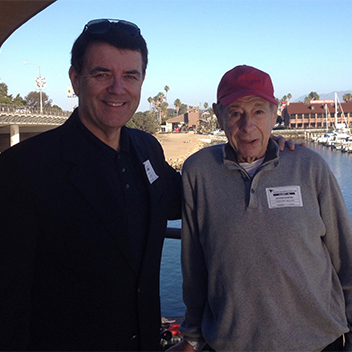
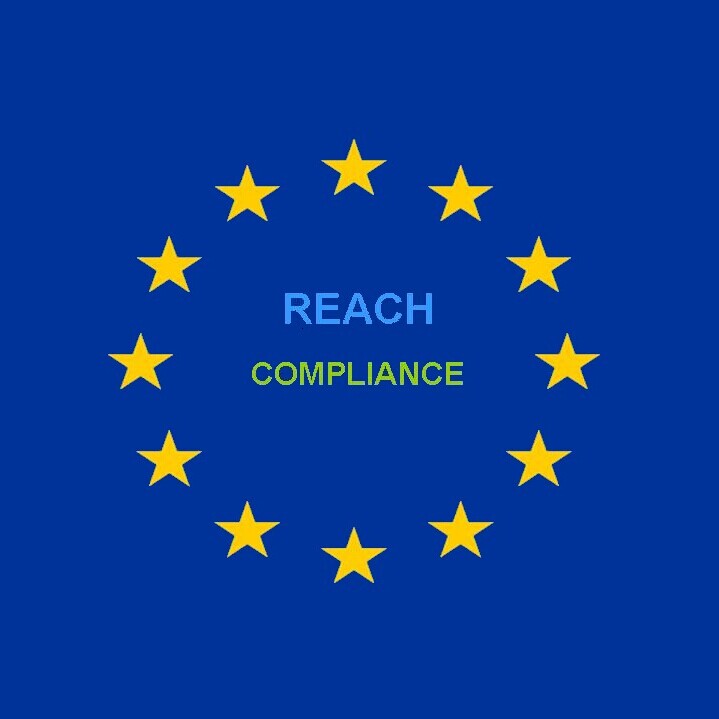
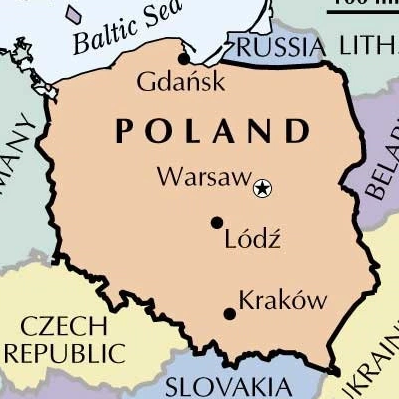
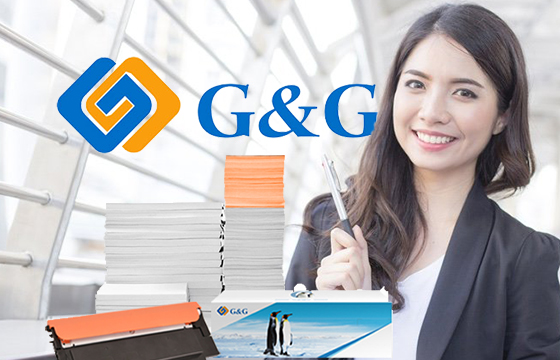

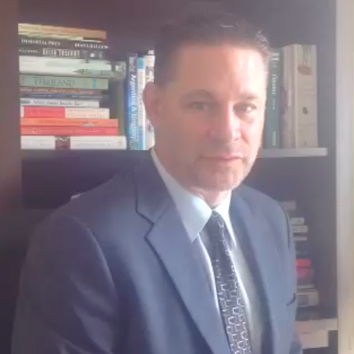
Leave a Comment
Want to join the discussion?Feel free to contribute!